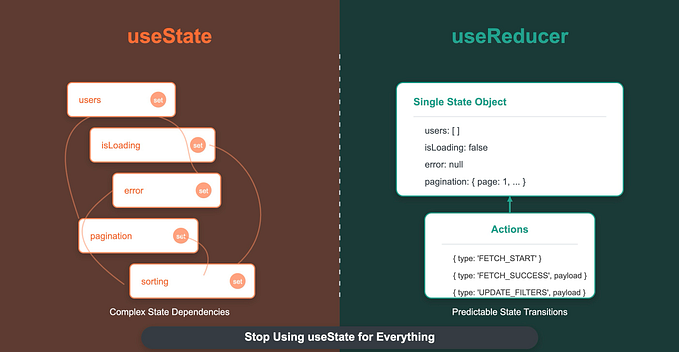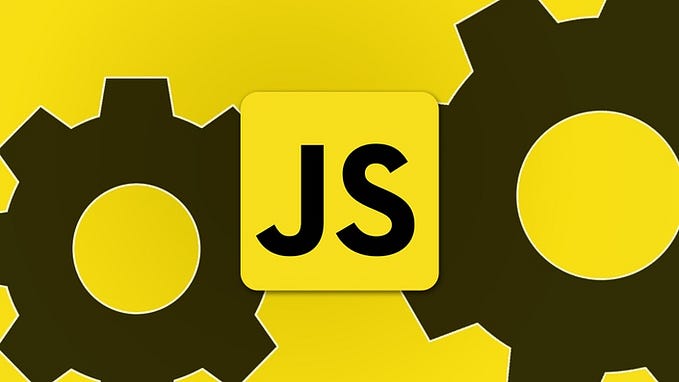Member-only story
Manipulating the DOM with JavaScript
Welcome to Day 5 of our journey through JavaScript, DSA, and web development! By now, you’ve mastered the basics of JavaScript, including data types, functions, arrays, and objects. Today, we’re going to take things up a notch by exploring how JavaScript interacts with the Document Object Model (DOM). This is where your JavaScript skills will truly come alive, allowing you to create dynamic, interactive web pages.
What is the DOM?
The Document Object Model (DOM) is a programming interface for web documents. It represents the structure of a webpage as a tree of objects, where each node in the tree corresponds to an element in the HTML document. JavaScript can be used to manipulate these nodes, allowing you to change the content, structure, and style of your web pages in real time.
Think of the DOM as the bridge between your HTML and JavaScript. By understanding how to traverse and manipulate the DOM, you can make your static HTML pages interactive and responsive.
Selecting Elements: The First Step
To manipulate the DOM, you first need to select the elements you want to work with. JavaScript provides several methods for this:
getElementById: Selects a single element by its ID.
const header =…




